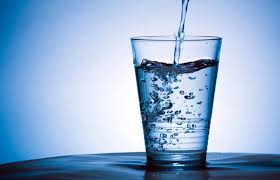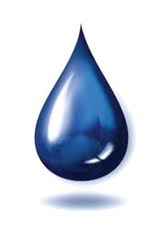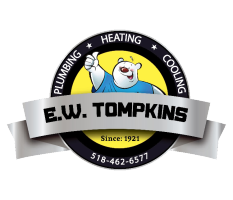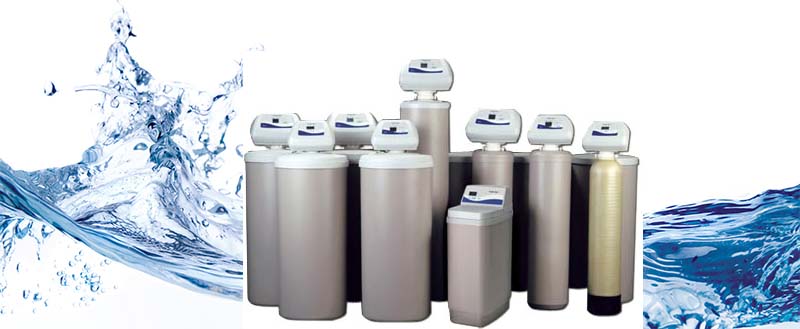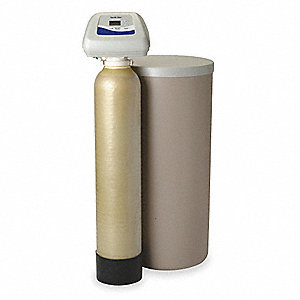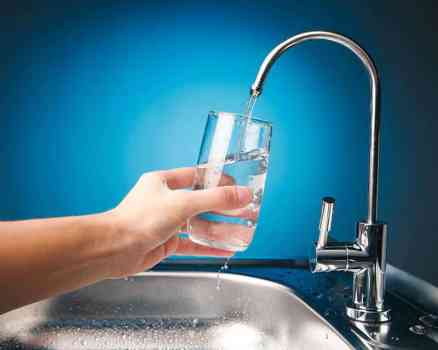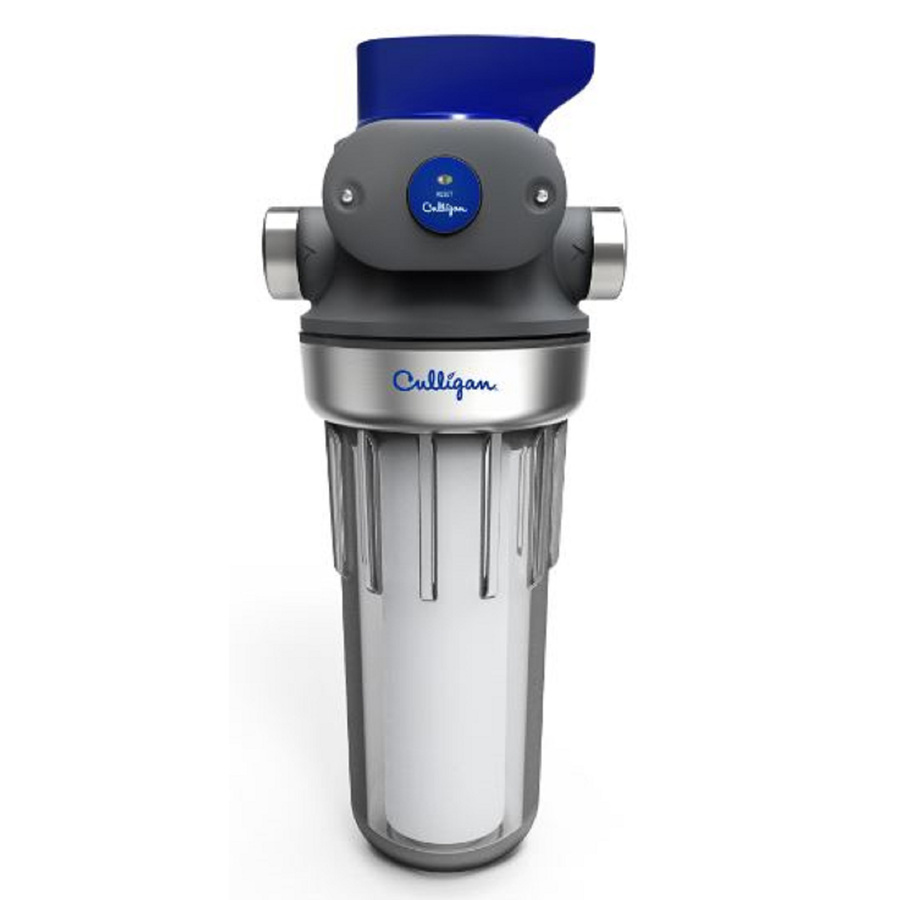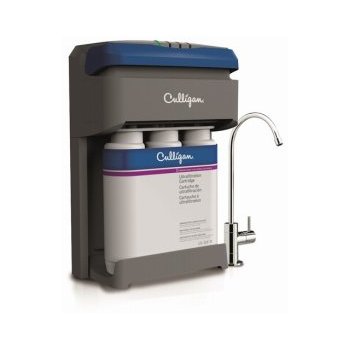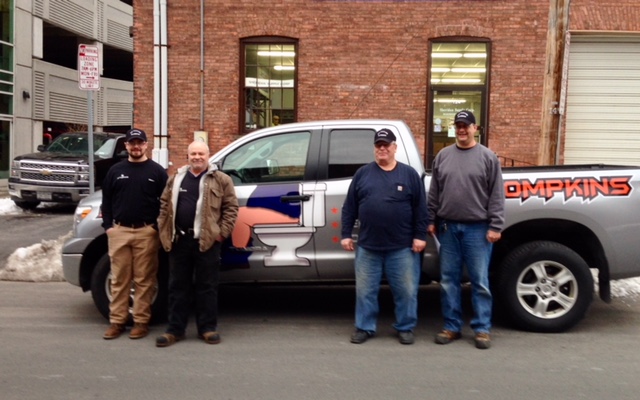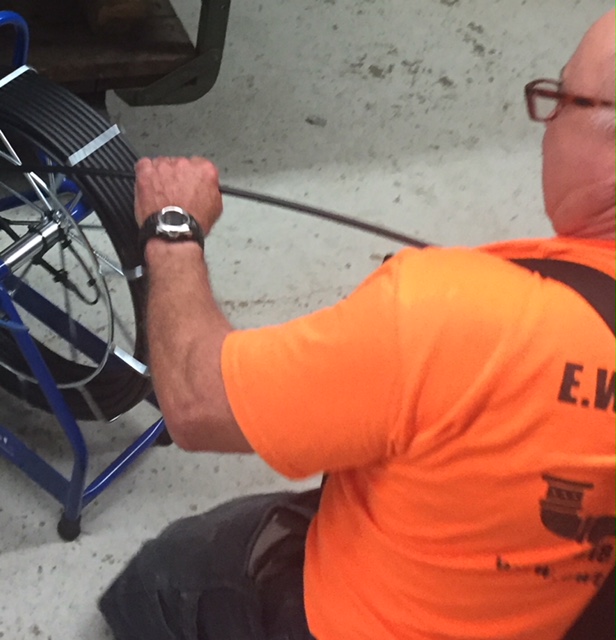What size of softener do I need?
Household water softeners are rated by the number of grains of hardness they can remove through a specific volume of resin in the tank, and the amount of salt needed to regenerate the resin.
To find the right size of softener for your household you’ll need two things:
Your average daily household water use not including outdoor watering
The average grains per U.S. gallon of hardness in your tap water
Once you have these numbers, you can use our calculator to determine your daily hardness removal requirements and suggested water softener size.
- Calculate your average daily household water use
Method 1: To calculate your daily household water use, multiply your community’s average per person water use in gallons by the number of people in your household.
Method 2: A more accurate way to measure your household water consumption is to use fall and winter water bills to calculate your average indoor water usage. Divide your recorded fall or winter bill water consumption (provided in cubic metres/M3) by the number of billing days for that billing period (both of these will be stated on your bill). This will give you your household’s average daily water use.
Next, convert the cubic metres into gallons by multiplying by 264.
Don’t be fooled! You may be told to “add a person” to your calculation for dishwashers.. Households with dishwashers use less water than households washing dishes by hand!
2. Find your water hardness
Water hardness is measures as grains per U.S. gallon (1 grain = 17.1 milligrams per litre).
If you’re on a private well, you’ll need to have your hardness and iron tested separately in order to calculate your hardness rating. You may need to increase your grain hardness rating to compensate for iron in your water. For every one (1) mg/l (milligrams per litre) of iron, three (3) grains per gallon (gpg) of hardness needs to be added to the total hardness value.
Now calculate your daily hardness removal requirements
Multiply your household’s average daily water use as calculated in step one, by the grains of hardness in your water found in step two. The full formula to calculate your daily hardness removal requirement is:
Number of people in your home
Average indoor daily water consumption per person
Grains of hardness in your water
Grains of hardness to be removed daily
Most recommend people buy a water softener that could potentially remove hardness from the water for seven days before needing to regenerate. Simply multiply your daily hardness removal requirement by seven to calculate the suggested water softener size. Although water softener sizes vary, the table below gives some of the more typical sizes of softener available for a range of daily grain requirements.
Daily Grain Removal Requirements
Suggested Softener Size
0 – 3,500 grains per day
24,000-grain capacity
3,501 – 4,500 grains per day
32,000-grain capacity
4,501 – 5,750 grains per day
40,000-grain capacity
5,751 – 6,850 grains per day
48,000-grain capacity
Using the formula above, a family of three using 60 gallons of water per person per day, with a water hardness of 23 grains per gallon, will need a softener that can remove 4,140 grains of hardness per day. Over seven days, the softener would need to remove 28,980 grains of hardness. The suggested softener size for this family would be one with a 32,000 grain capacity.
Knowledgeable installers will set up your water softener to regenerate before your resin tank is fully exhausted in order to maximize salt efficiency and to make sure household water stays soft until the evening regeneration time (units with single resin tanks). For a 32,000-grain capacity water softener with one (1) cubic foot of resin, regeneration is more efficient after just 20,000 grains of hardness have been removed. One supplier stated that it takes five to seven pounds of salt to regenerate at 20,000 grains removed, compared with 36 pounds of salt at 30,000 grains removed!
What Softener Should I Buy?
Research shows that some ion exchange water softeners work more efficiently than others. You can make an informed decision about which water softener to buy by following these steps:
1. Only buy a softener that is certified to the NSF/ANSI 44 Performance Standard
This is a voluntary certification that states when the softener is set to operate efficiently, that it will remove a minimum of 3,350 grains of hardness per pound of salt used. At the same time, it will not use more than 5 U.S. gallons of water per 1,000 grains of hardness removed. This should be considered a minimum standard. Many softeners on the market are even more efficient.
2. Ask the manufacturer for the performance data of softeners and compare them
To meet the NSF/ANSI 44 Performance Standard, suppliers must make salt efficiency information available with the machine. This information can be found in the owner’s manual, on a separate sheet of paper, or on the internet. Below is an example of how the performance information about a softener may be presented:
Model No.: XXXXXXX
A. Capacity – Grains: @15 lbs/cu.ft: 30,000
B. Capacity – Grains: Factory @10 lbs/cu.ft: 27,500
C. Capacity – Grains: @6 lbs/cu.ft: 20,000
The longer a water softener is allowed to run before regeneration, the less efficient it becomes. This happens because it takes proportionally more salt to recondition exhausted resin beads. The above example shows how much salt the softener would use at three different settings. You’ll want to select your water softeners most efficient setting for maximum savings. Here’s what these settings mean
A. Capacity – Grains: @15lbs of salt/cu.ft: 30,000
This means it will take 15 pounds of salt to regenerate a 30,000 grain capacity water softener (containing one cubic foot of resin) if it were to run to complete exhaustion. If you divide 30,000 grains by 15 pounds, you’ll get a removal capacity of 2,000 grains per pound of salt used. At this setting, the softener will not meet the minimum requirement of the NSF/ANSI 44 Performance Standard.
B. Capacity – Grains: Factory @10 lbs/cu.ft: 27,500
The softener (with one cubic foot of resin) comes factory set to regenerate with 10 pounds of salt after it has removed 27,500 grains of hardness. At this setting, the efficiency has improved to 2,750 grains of hardness removed per pound of salt used, but it still does not meet the NSF/ANSI 44 Performance Standard.
C. Capacity – Grains: Factory @6 lbs/cu.ft: 20,000
This setting is the most efficient one for this softener. The softener (with 1 cubic foot of resin) is set to regenerate when 20,000 grains of hardness has been removed, and will require 6 pounds of salt. This equates to a removal of 3,333 grains of hardness per pound of salt used. This setting would pass the NSF/ANSI 44 standard because it is within 10 per cent of the target 3,350 grains removal per pound of salt. Note that at this setting, the softener will regenerate more often and will not run the resin to exhaustion.
Unfortunately, the NSF/ANSI 44 standard does not require manufacturers to give the regeneration water consumption figures and this data is often missing from published information. In the meantime, you can at least compare the salt efficiencies of water softeners.
